The new coronavirus outbreak is going global. That’s the first major pandemic of the Artificial Intelligence era. In this blog post, I review some AI technologies helping in this fight.
Contain outbreak
With widespread smartphone adoption, it became possible to monitor and anticipate virus diffusion, using social media data.
For example, a multi-national team built a predictive model of virus arrival time in different Chinese cities, using localisation data from QQ social network, and a linear regression algorithm. They also assessed the efficiency of containment measures by Chinese authorities.
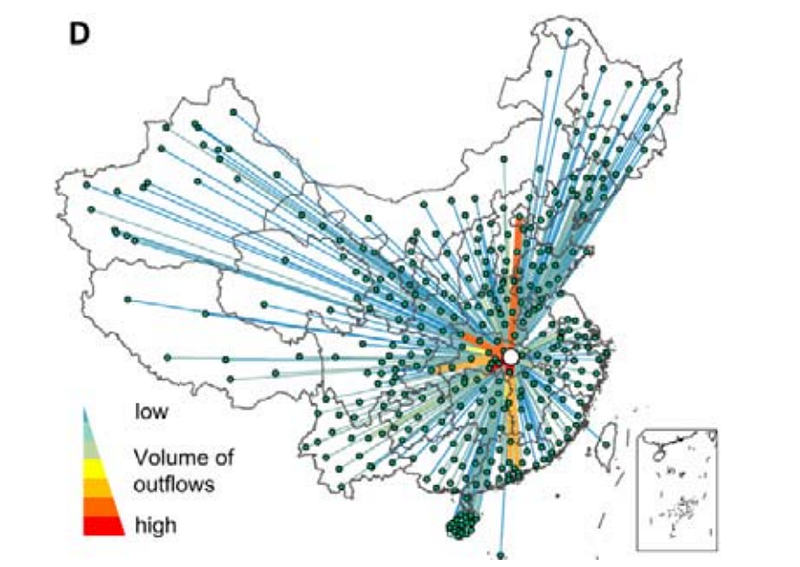
Track infections
China already deployed a national surveillance network of 200 Million security cameras, based on facial and faceless recognitions. I covered these technologies in this blog some years ago (here and here). Now, this surveillance system is being upgraded with fever detection, in order to quickly identify potentially infected people, and send warnings to people who have been exposed nearby.

Screen patients
During this outbreak, hospitals are overloaded. For example, in France, many patients are sent back home without any screening, because doctors are completely overwhelmed. In this context, automated screening from CT image scans can relieve human staff.
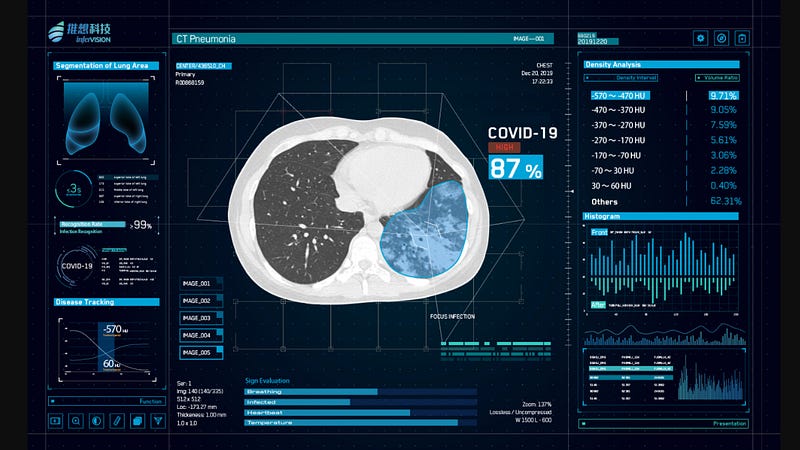
For example, a team in Zhejiang, China, obtained 86.7 % accuracy, using a ResNet neural network model, with location-attention.
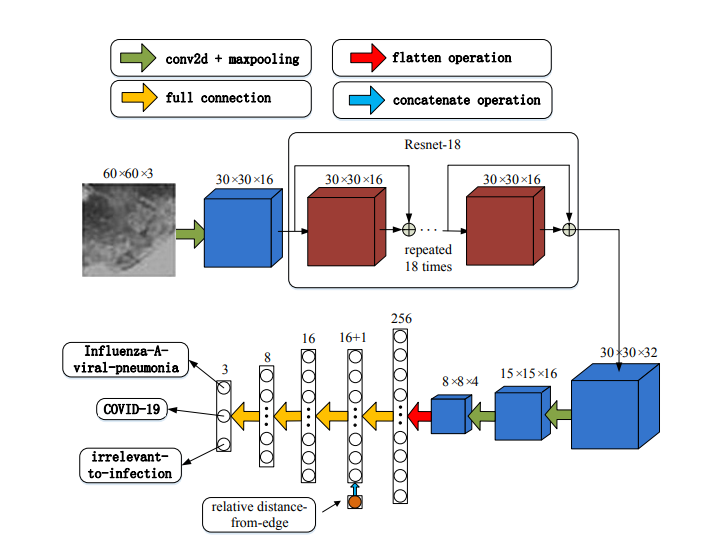
Repurpose drugs
The fastest way to find cures is to repurpose existing drugs, eventually in combination. For example, an anti-malarial drug, Chloroquine, is already being tested against 2019-nCoV. There are thousands of commercially available molecules, and exponentially more combinations of them. This makes relevant a computational approach.
In South Korea, Deargen company is using a deep learning model to predict drug repurposing.
They predict drug-target interaction by combining a BERT transformer network for the drug candidate, and a Convolutional Neural Network for the target protein (belonging to the virus).
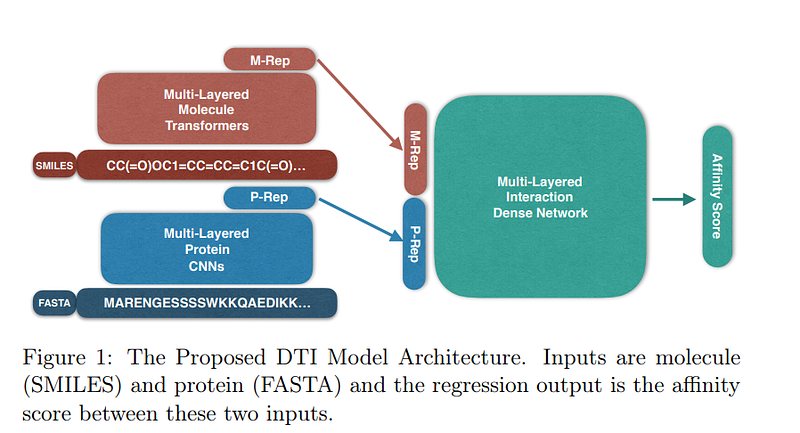
Design new drugs
A long-term project is to discover new drugs from scratch against coronavirus Covid-19. It’s a long path, taking much more time than re-purposing tested and approved molecules.
For example, at Michigan State University, USA, a team generated molecule proposals using a GRU-autoencoder, combined with a Convolutional Neural Network, and other techniques
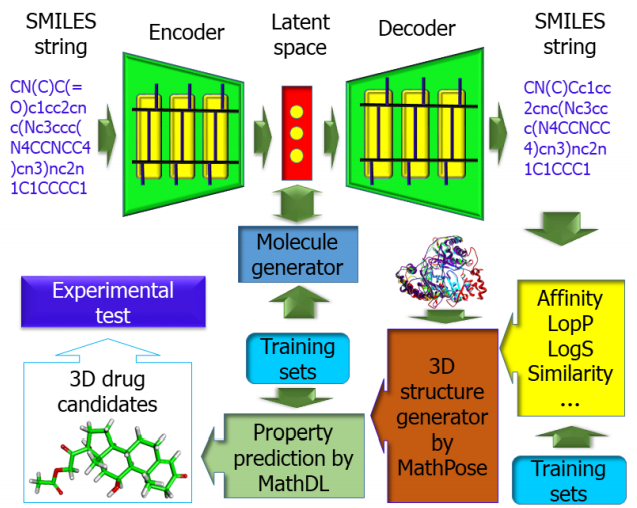
There are certainly simpler algorithms, as I explained in a previous blog post.
And more!
It’s possible to do more, a lot of data is being released to the public. For example:
- In China, the Global Health Drug Discovery Institute (GHDDI) launched Targeting 2019-nCoV data platform.
- In Europe, the European Bioinformatics Institute (EMBL-EBI) collected coronavirus data resources.
If you want to participate in data science projects about the coronavirus, join hundreds of data scientists from around the world in our Slack group.